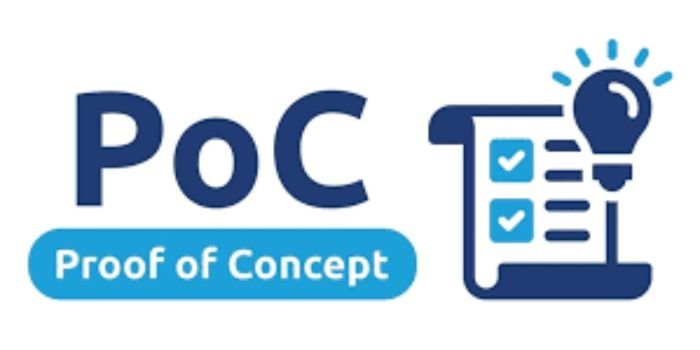Launching a new product or service is exciting, but it also comes with risks. What if your target audience doesn’t see value in it? What if your solution doesn’t work the way you envisioned? To avoid costly failures, businesses often rely on proof of concept testing. This process ensures that an idea is not only innovative but also practical, market-ready, and capable of delivering measurable results.
In this guide, we’ll walk you through a 10-step checklist for proof of concept testing, helping you validate your idea before making heavy investments.
1. Define the Core Problem Clearly
Every successful product or service begins with a problem worth solving. Before jumping into solutions, clearly define the pain point your idea addresses. Write down what the issue is, who experiences it, and why it matters. This foundation ensures that your testing is laser-focused on solving the right challenge.
2. Identify the Target Audience
Not every idea works for every market. Outline the exact customer segment you’re targeting. Consider demographics, behaviour, and purchasing power. Understanding your Audience helps you design tests that measure real-world interest. Without this clarity, your proof of concept testing may lead to misleading results.
3. Establish Success Criteria
How will you know if your proof of concept has worked? Define measurable goals such as customer sign-ups, engagement levels, or technical performance metrics. Having success criteria in place ensures you evaluate results objectively instead of relying on assumptions.
4. Build a Simplified Prototype
You don’t need a fully finished product to test your concept. A basic prototype—whether it’s a clickable demo, a wireframe, or a functional sample—can demonstrate your idea’s potential. The goal isn’t perfection but validation. This step allows stakeholders and potential users to visualise your idea more effectively.
5. Test Technical Feasibility
One of the most overlooked aspects of concept testing is technical validation. Can your idea be built with current technology? Will it scale in the future? At this stage, your development team or technology partner can assess whether the proposed solution is feasible without excessive costs or limitations.
6. Engage Potential Users Early
Collect feedback directly from your target audience. Share your prototype, demo, or even a concept presentation with potential users. Ask them specific questions about usability, value, and interest. Early user feedback is one of the strongest indicators of whether your idea is headed in the right direction.
7. Evaluate Market Demand
Even if your idea is technically sound, it won’t succeed without real demand. Research market trends, competitor offerings, and customer behaviour to determine if there’s genuine interest. Surveys, landing page tests, and pilot campaigns are effective ways to measure market appetite during proof of concept testing.
8. Validate Business Viability
Beyond technology and demand, your idea must also make business sense. Will it generate enough revenue to be sustainable? Can you scale the solution cost-effectively? Run a financial projection, estimate potential costs, and analyse ROI scenarios to see if the business case is strong.
9. Gather Stakeholder Feedback
Investors, partners, and internal stakeholders play a vital role in moving an idea forward. Present your findings, prototypes, and test results to them. Their perspectives can highlight blind spots you may have missed and provide additional confidence—or necessary caution—before moving ahead.
10. Document and Decide
The final step in proof of concept testing is documentation. Summarise the results, insights, and feedback gathered across the process. Then, make an informed decision: should you proceed with full-scale development, pivot the idea, or pause until conditions improve? Having a clear record ensures transparency and helps guide the next steps effectively.
Why Proof of Concept Testing Matters
Skipping concept testing can lead to wasted resources, missed opportunities, and product failures. By following this structured checklist, businesses reduce risk while increasing confidence in their decisions. The process ensures that what you build is not only technically feasible but also valuable in the market.
Companies often emphasise proof of concept testing as a core step before diving into custom software or product development. Their approach highlights how structured validation can save organisations significant time and money, while also ensuring innovation stays aligned with real-world needs.
How Tech Formation Supports POC Testing
As businesses grow more competitive, working with the right technology partner becomes crucial. Tech Formation helps organisations move from raw ideas to validated solutions by offering expertise in prototyping, feasibility analysis, and market validation. With a proven methodology, they ensure that ideas don’t just look good on paper but actually perform in practice.
Final Thoughts
Innovation without validation is risky. By using this proof of concept testing checklist, you can transform your idea from a rough concept into a validated opportunity. Each step—defining the problem, engaging users, testing feasibility, and evaluating business potential—builds confidence in your decision-making. Don’t let uncertainty hold your idea back. Take the first step today—validate your concept, refine your strategy, and move forward with confidence. If you’re looking for expert guidance, reach out to the top custom software development company and bring your vision to life with proven strategies and reliable execution.



